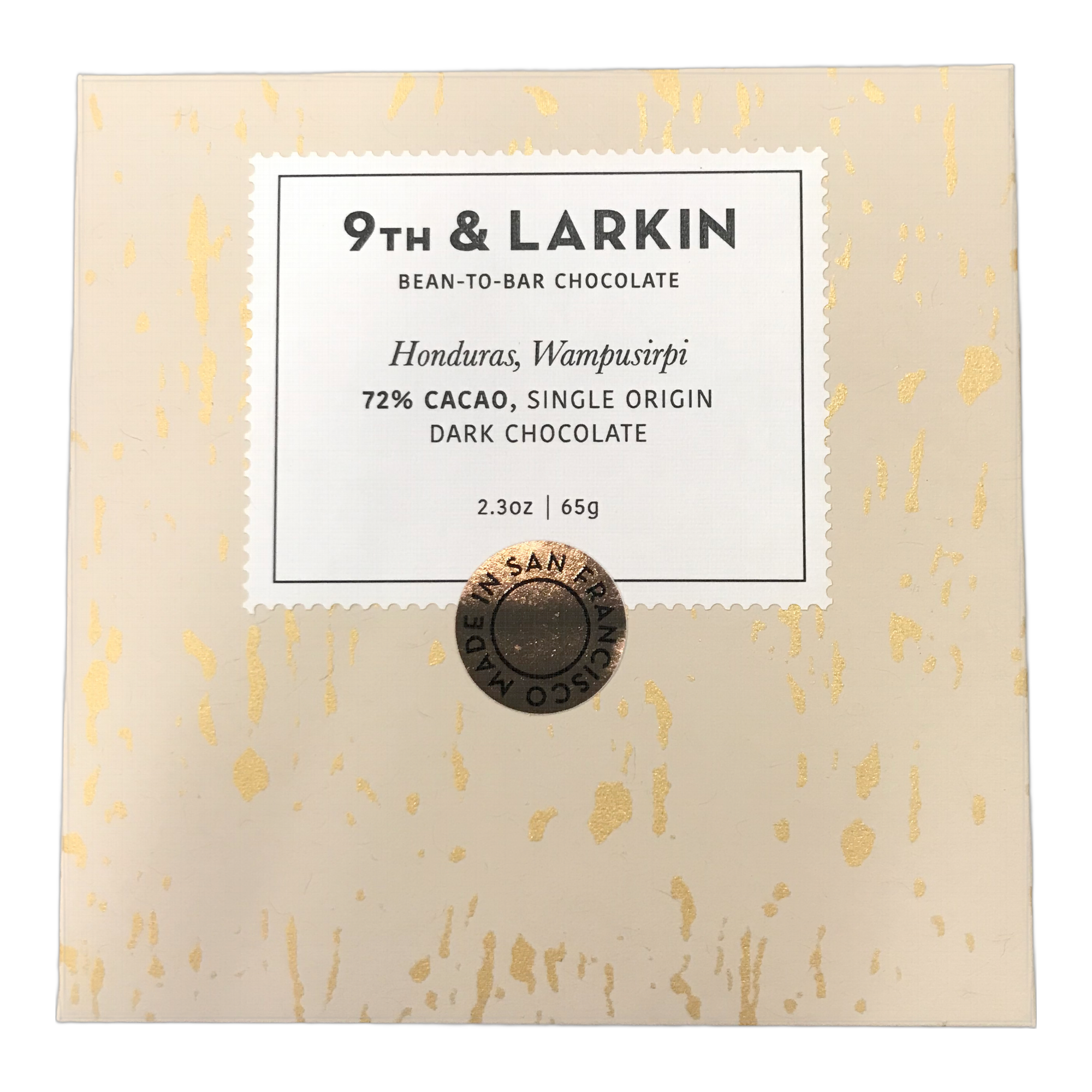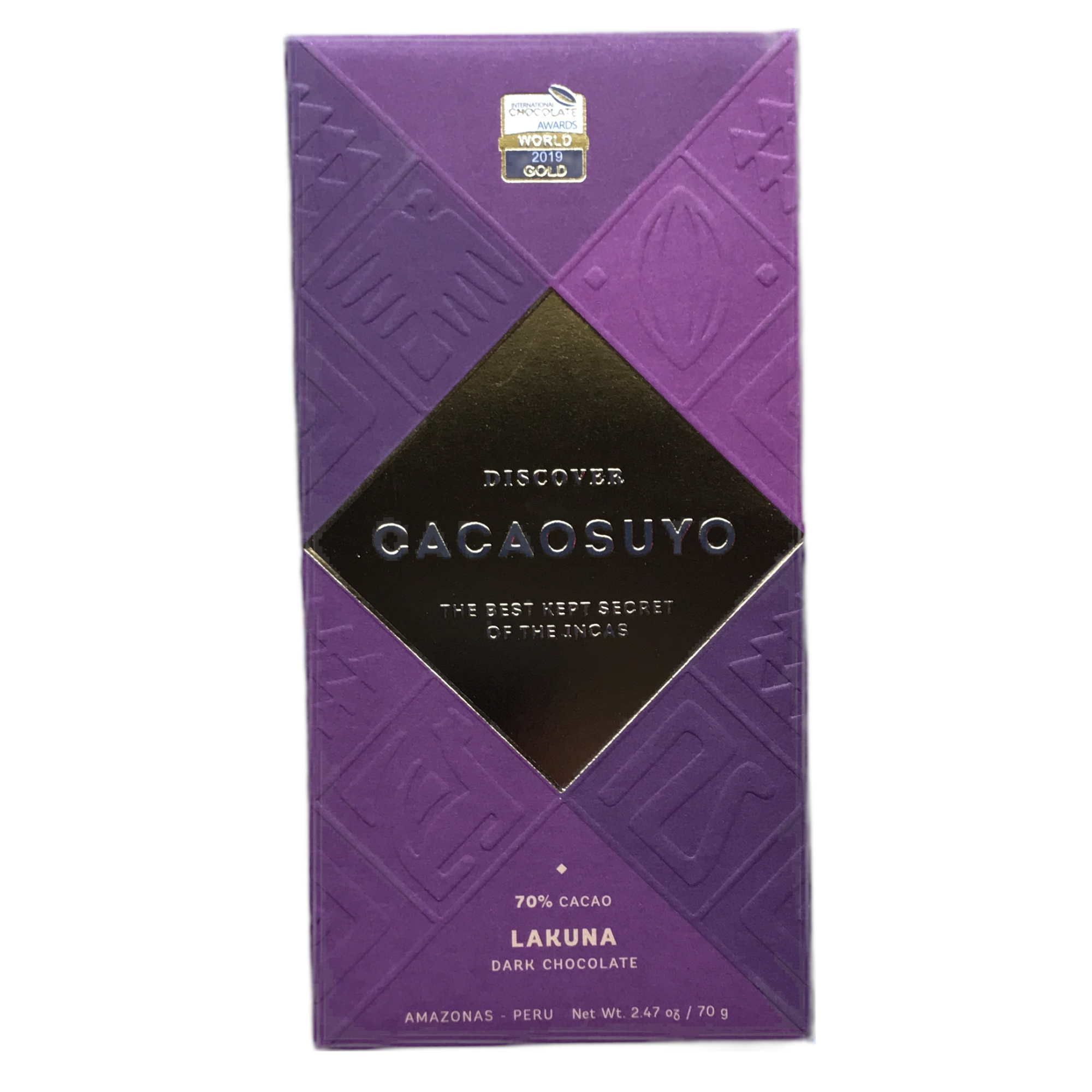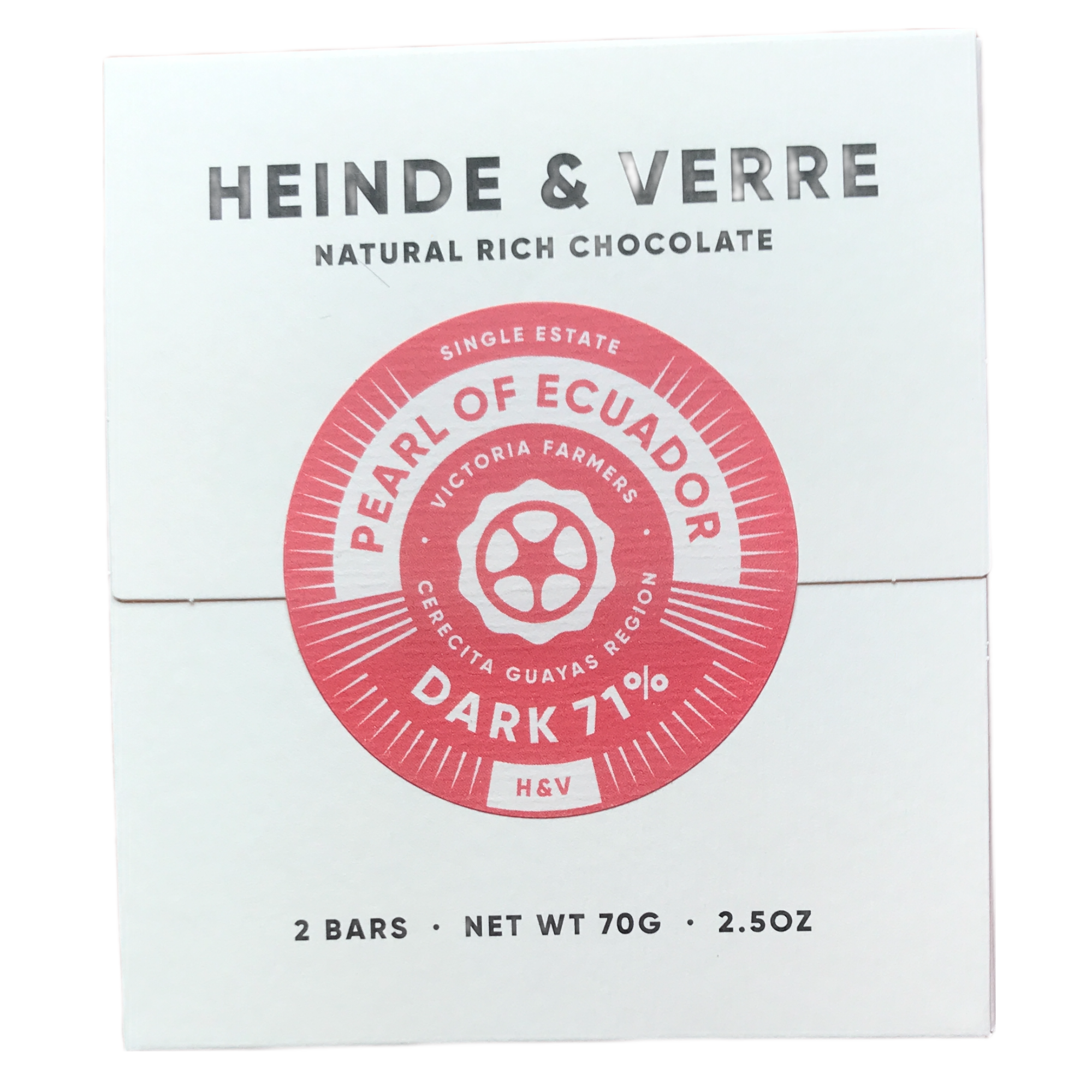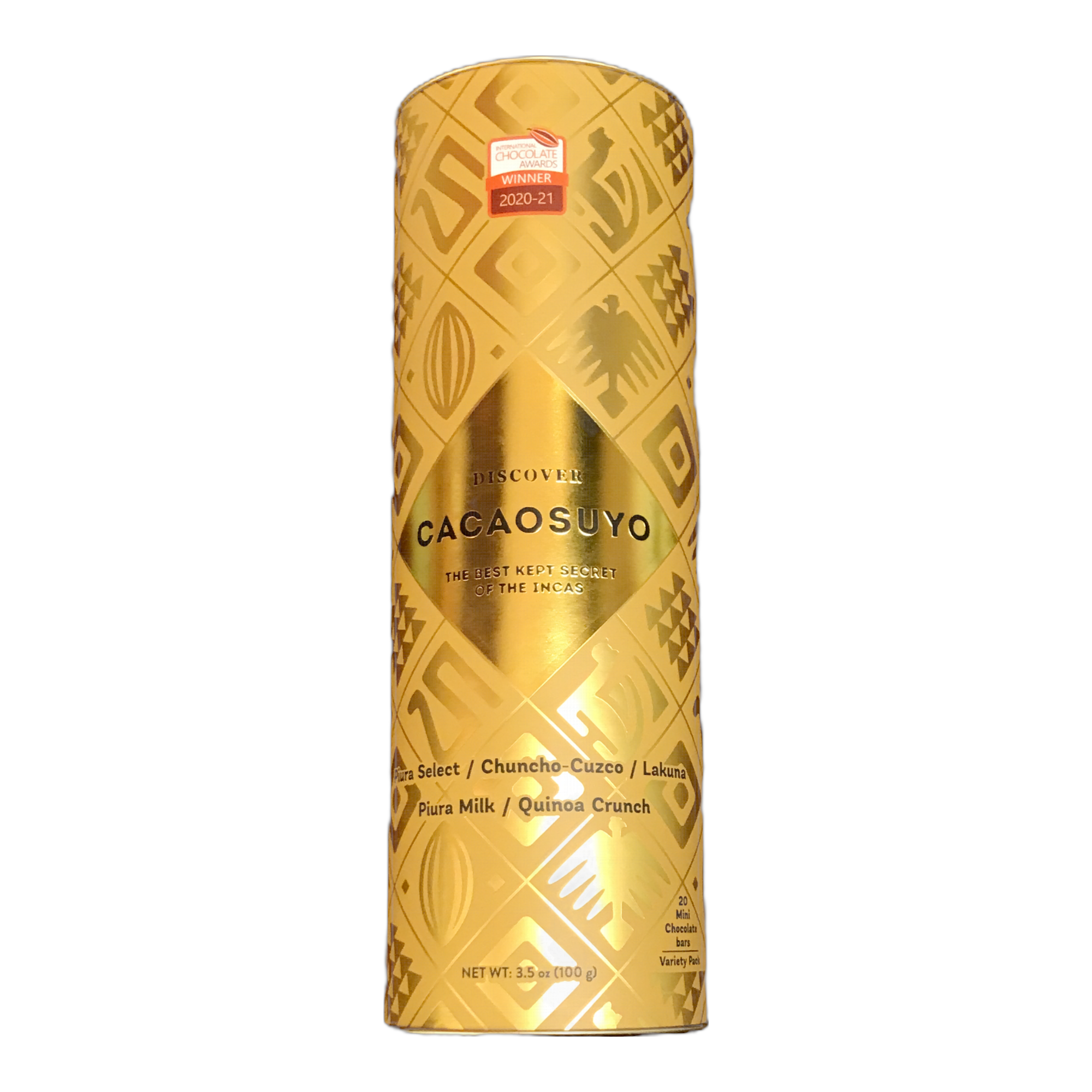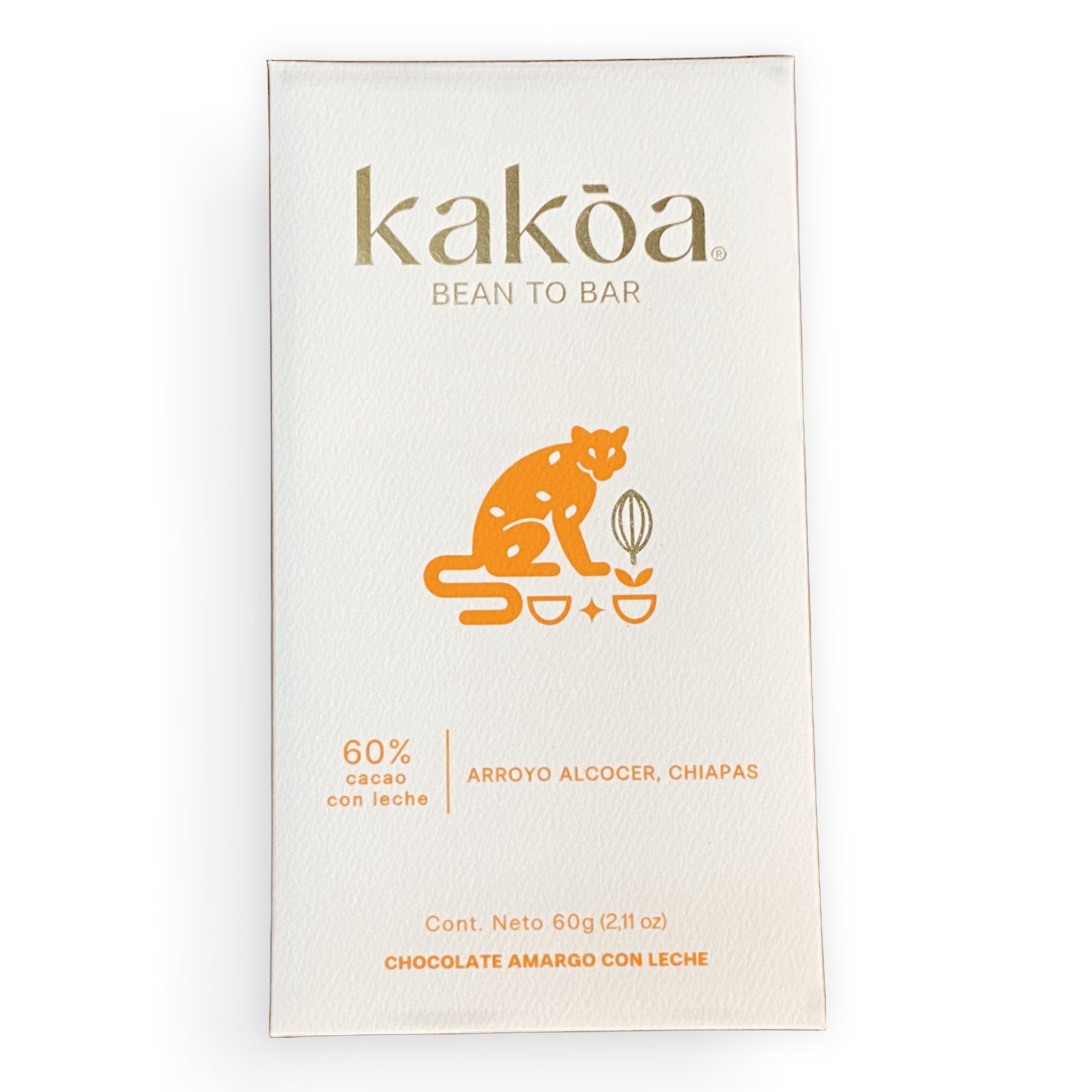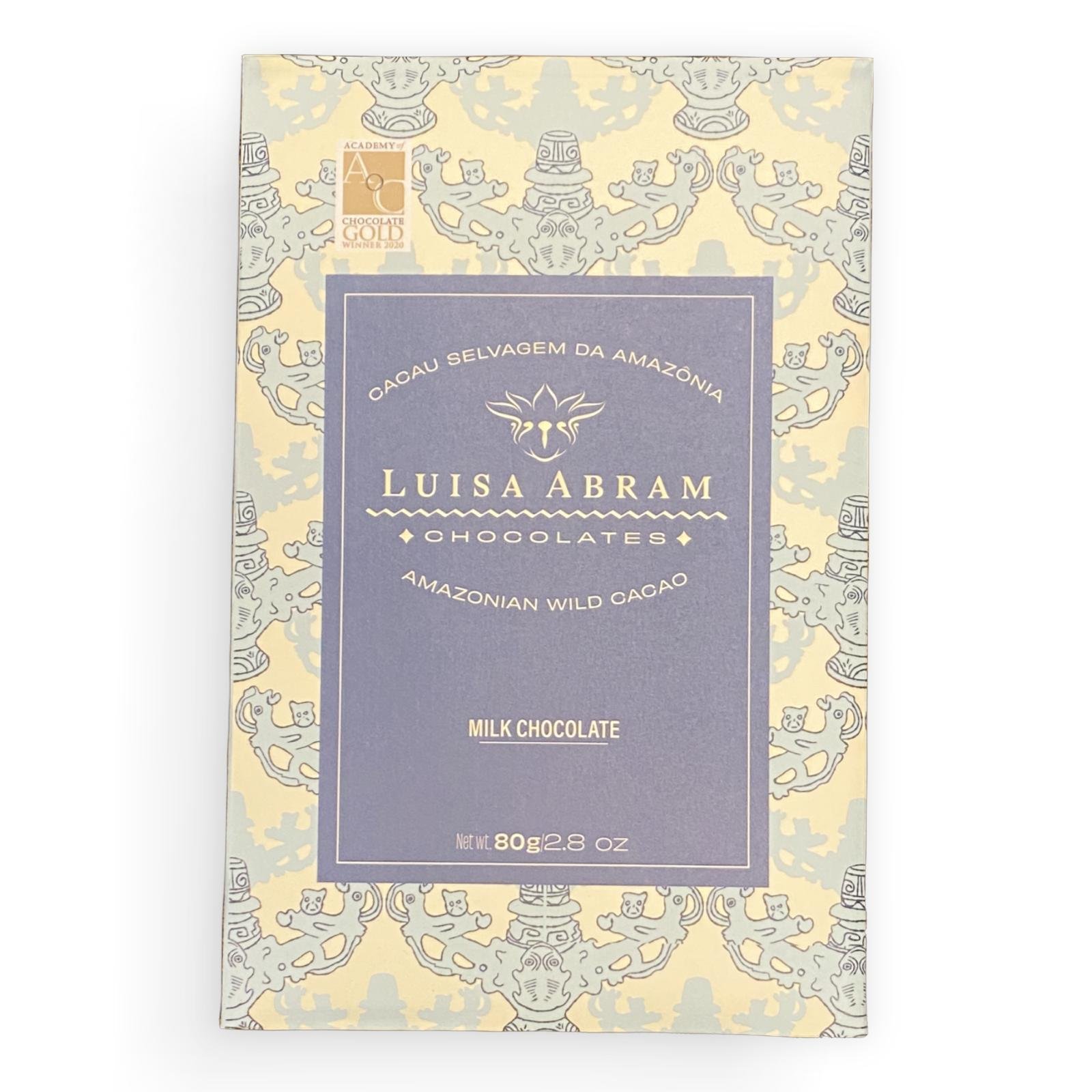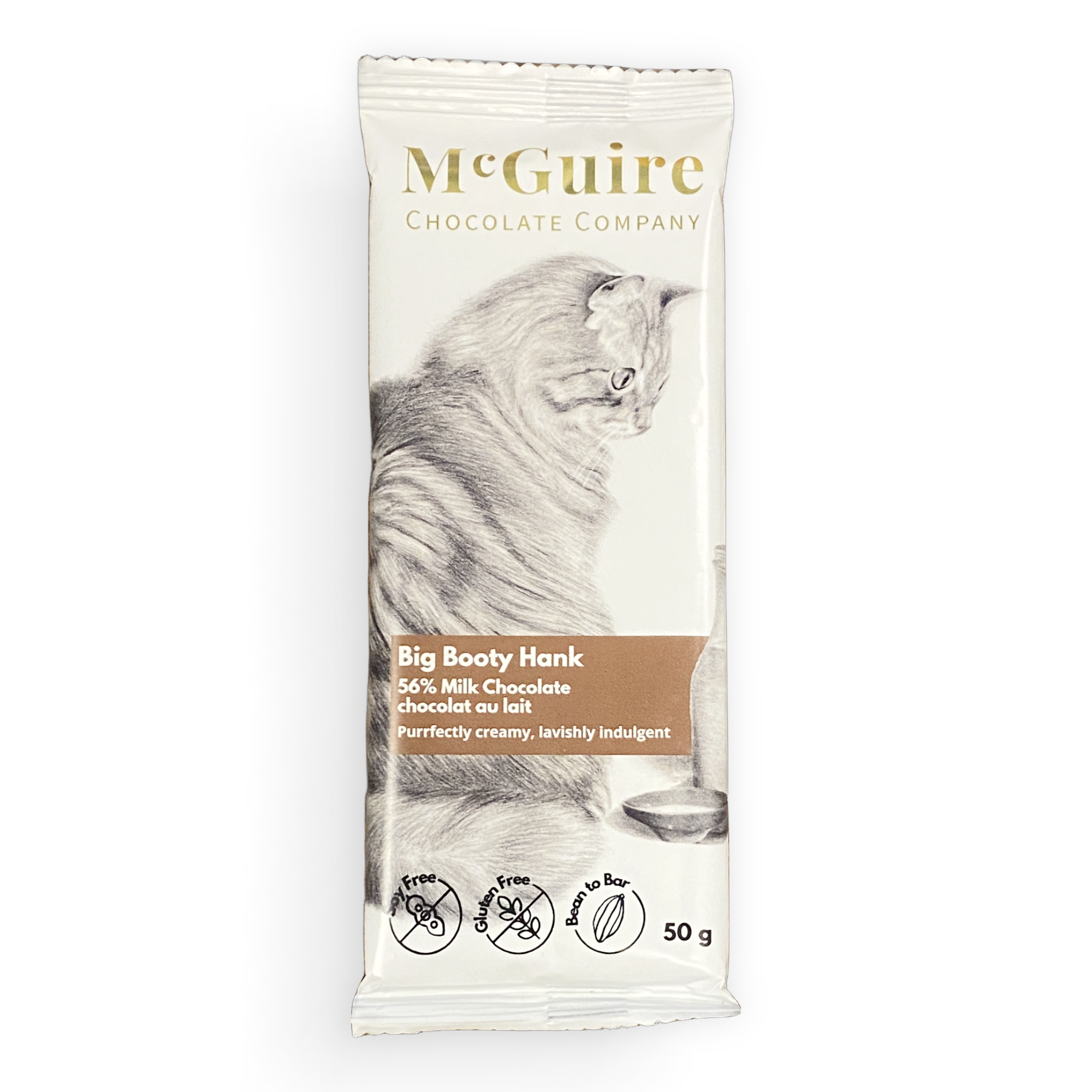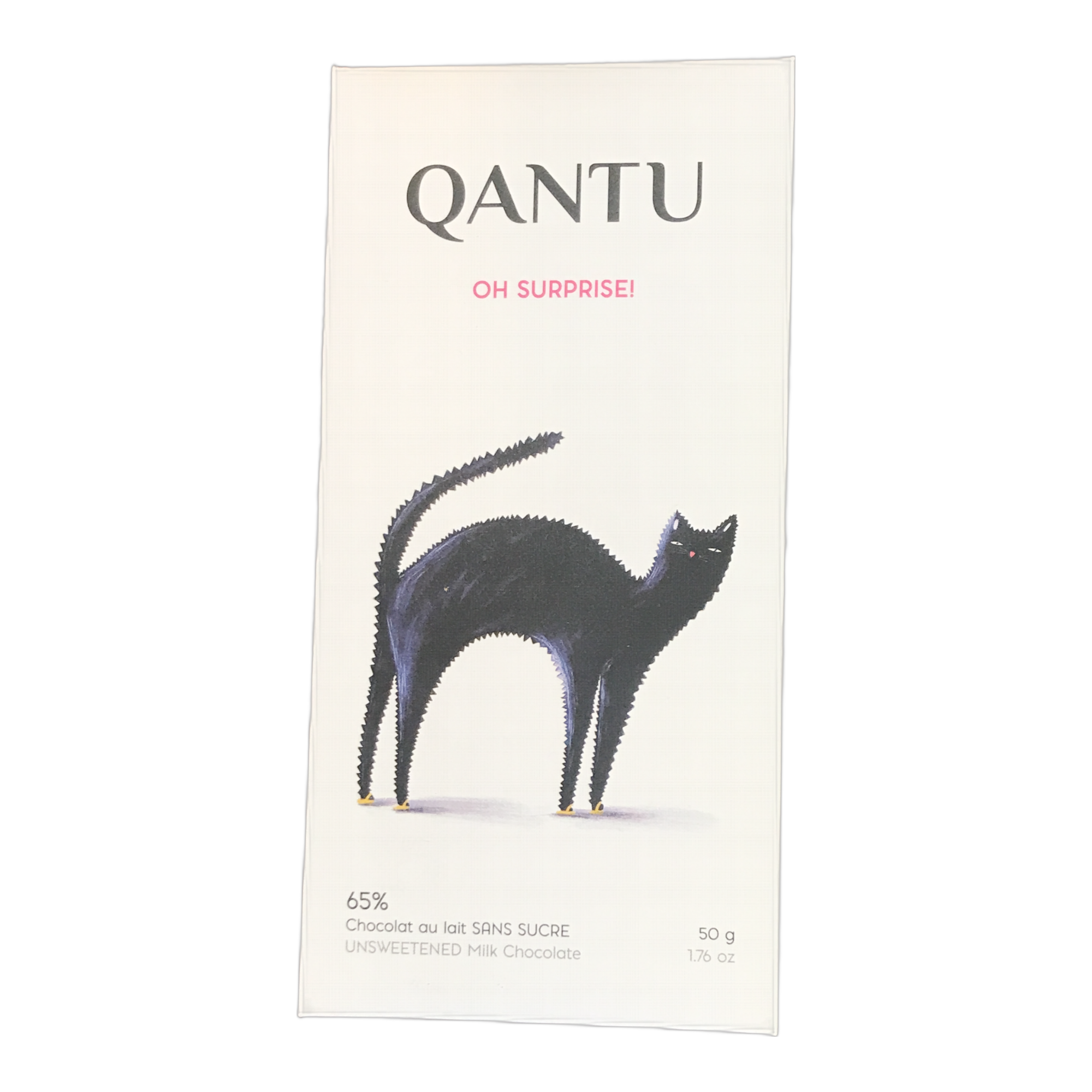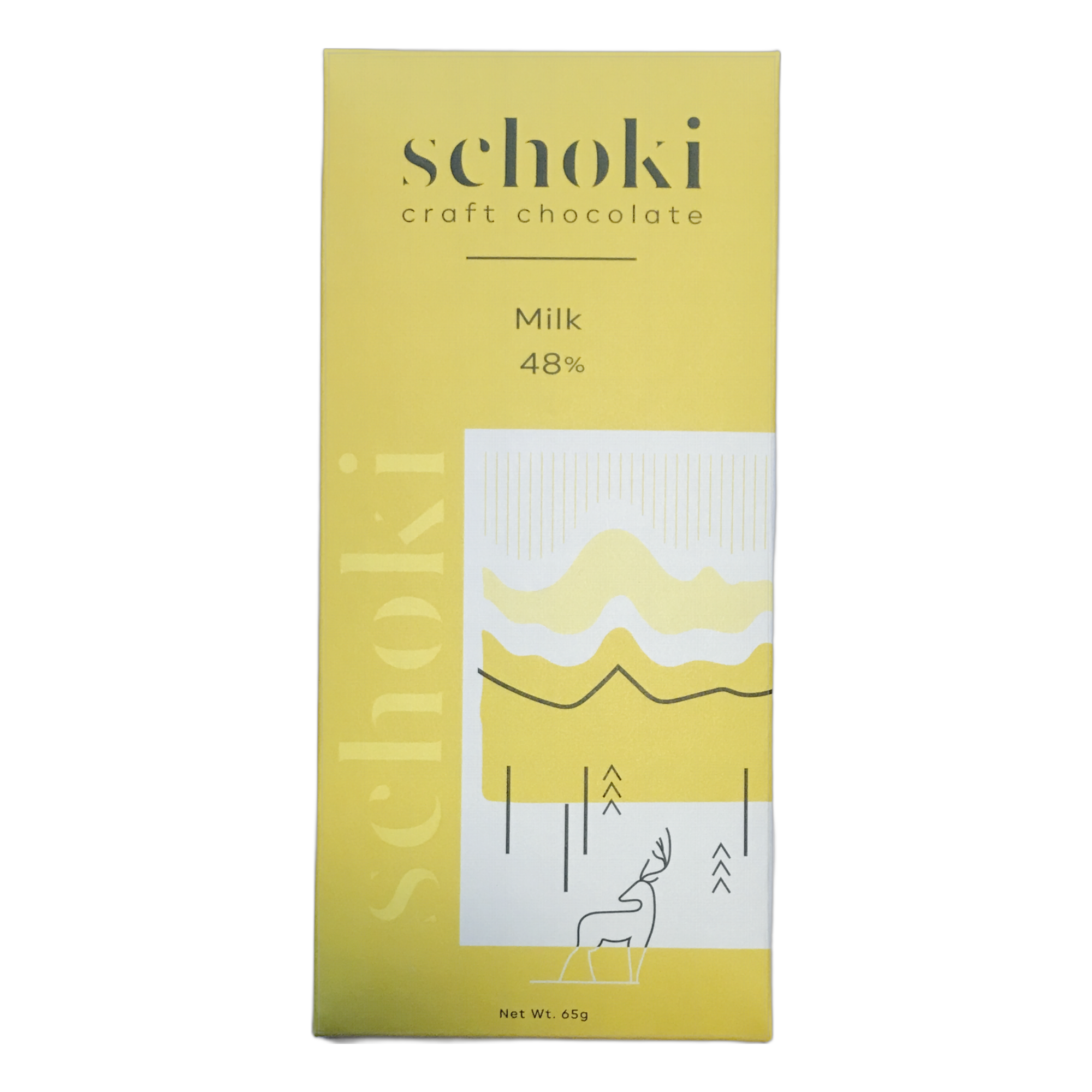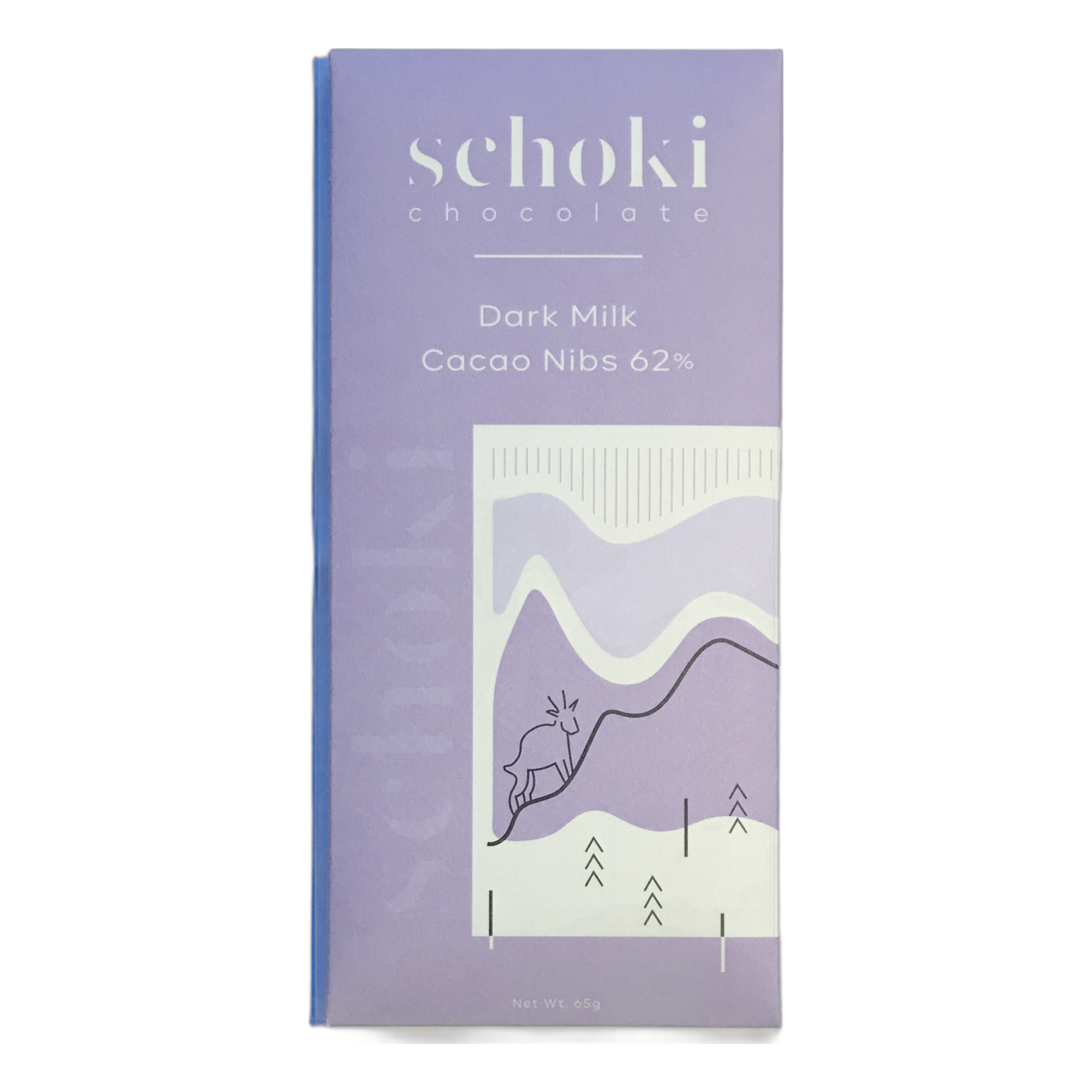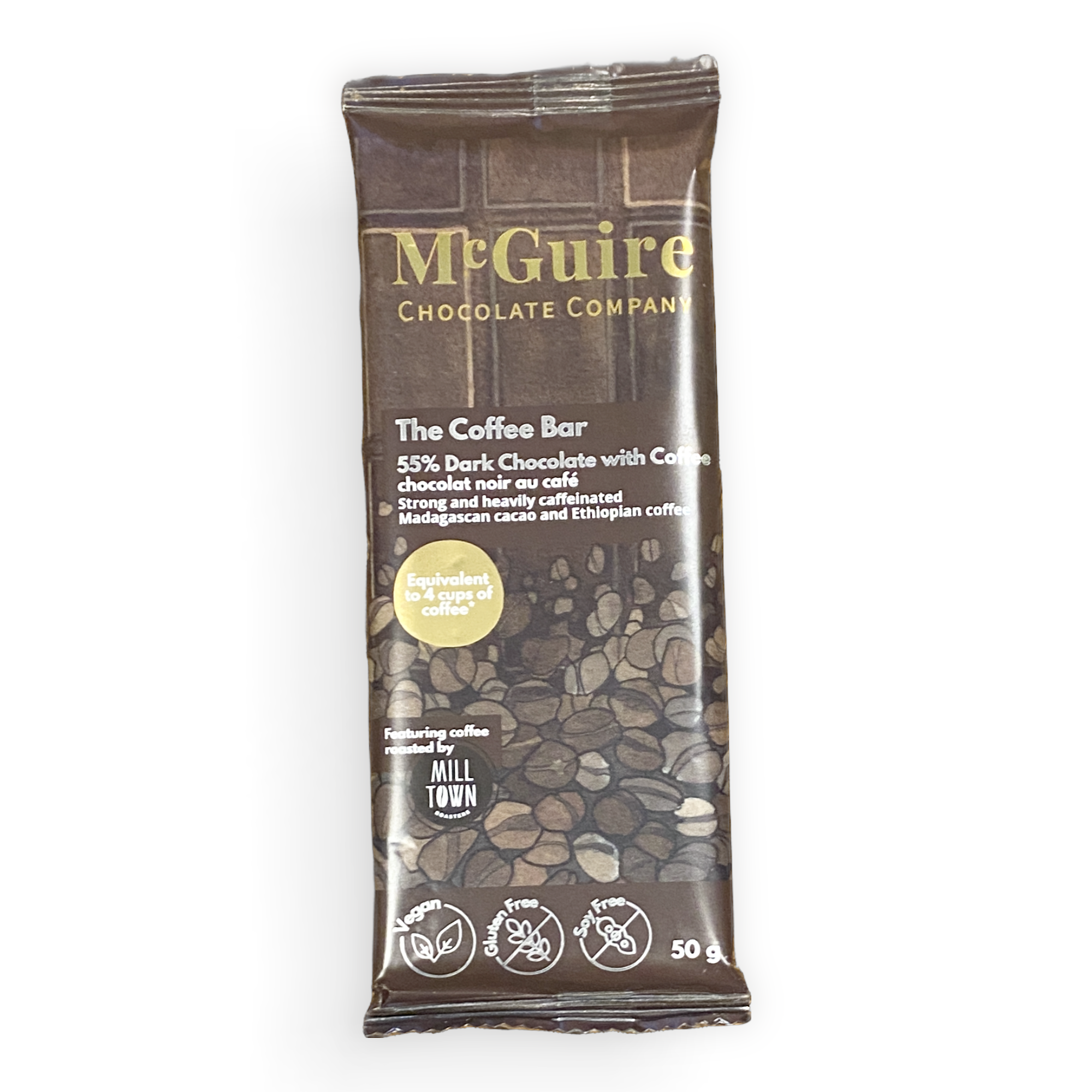What are the main types of chocolate? Dark, Milk, & White?
Conventional way of looking at chocolate
What types of chocolate are there? Image by @tetiana_bykovets
Most people today categorize chocolate according to whether it is dark chocolate, milk chocolate, and white chocolate. However, people don’t fully understand the difference between these, and this way of categorizing chocolate today is actually outdated.
Many think the difference between milk and dark chocolate is the bar percentage. This is not the case. Percentage is a reflection of cacao bean vs other ingredients. In regards to dark, it’s the ratio of cocoa beans to sugar. In milk chocolate, it is the ratio of cocoa beans to sugar and milk powder. The main difference is that milk powder. Keep in mind low quality dark chocolate may have some type of whey or milk derived ingredient added, but this is a tiny amount and not the same as making it a milk chocolate.
Some categorize dark into bitter sweet, semi sweet, etc. This is quite antiquated as well, and used more for domestic cooks than professionals. Chocolatiers and chefs use the chocolate they want according to flavour and percentage, not whether it is bitter sweet, semi sweet, etc.
Chocolate Types According To Ingredients
So let’s break down the main categories of chocolate. This is according to their ingredient components. The three main types are categorized as whole bean chocolate, flavoured whole bean chocolate, and cocoa butter based chocolate.
Whole Bean Chocolate (AKA Dark)
Flavored Whole Bean Chocolate
These are chocolates where the whole nib is refined together with another major flavour ingredient. There are many “types” and can be flavoured with:
Milk Powder (AKA Milk Chocolate)
Types of Milk (Cow, Goat, Sheep, Camel, Etc.)
Non-dairy milks (coconut, blends, oat, etc.)
Nuts (AKA Gianduja)
Hazelnut gianduja is the most popular, but can also have almond, pistachio, cashew, pine nut, etc.
Tea Leaves/Coffee
Where the tea leaves or coffee beans are ground into the chocolate
Spices & Herbs
Endless
Fruits
Dried or freeze-dried fruit powders
Alcohols
Nibs soaked in alcohol, then drying the nibs and refining them.
Inclusions
This is not a type of chocolate. Inclusions are what is added after the chocolate is refined together with the other ingredients (milk powder, nuts, etc.).
Cocoa Butter Based Chocolate
This is a categorization idea came up with back in 2016 when I was trying to think of ways to better group and understand the various types of chocolate that were appearing. Image by Geoseph Domenichiello
1. Whole Bean Chocolate (AKA Dark Chocolate)
Dark chocolate is essentially the cacao bean (more precisely the nib, which is the kernel of the seed) with the shell removed, mixed with some sugar. That’s it. Sometimes chocolate makers add about 5% or so of cocoa butter to it as well. This makes the chocolate less thick, and easier to use and mold into bars. It can also sometimes add to the creamy texture. However, cocoa butter is just the fat pressed from the cacao bean, and is a constituent of the bean, so dark chocolate is still essentially two ingredients. These are the only ingredients you want to see on fine dark chocolate. You don’t want to see vanilla, any sort of flavour enhancer (natural or artificial) or any other fats. Not for high quality fine chocolate.
It’s referred to as whole bean chocolate because there is chocolate that doesn’t require the whole bean (more on that later). You don’t have to call it whole bean chocolate, but this is essentially the type of chocolate at the top of the hierarchy, from which nearly all other chocolate types or flavours are derived.
Percentages for fine dark chocolate can range from the 60% range up until 100% (no sugar, only refined cocoa bean). Anything referred to as dark chocolate is made with the whole bean, without any other flavours or ingredients added to disturb the essence of the bean. Think of it as espresso. You want to taste the espresso and the quality of the coffee bean, and nothing else (unlike a latte). With an espresso, the coffee beans are tempered with water. With dark chocolate, the cocoa beans are tempered with sugar.
2. Flavoured Whole Bean Chocolate
Here is where it gets more interesting. Depending on the major ingredient added, your whole bean chocolate will become flavoured whole bean chocolate. The whole bean is still used, and 99% of the time sugar as well (there is flavoured whole bean chocolate which is refined with nuts, and no sugar, for instance). Milk chocolate is the most popular flavoured whole bean chocolate, but there are many types.
Whole bean chocolate (AKA Dark Chocolate) can be flavoured with a plethora of ingredients. Normally if it has milk it’s given its own distinction: milk chocolate. You don’t see this with other flavour ingredients (tea leaves, coffee beans), but we will discuss that below. However, this doesn’t change the fact that all these chocolates are flavoured with another major ingredient (and often secondary ones as well).
Flavoured with Milk Powder (AKA Milk Chocolate)
When milk powder is added to the cocoa bean and sugar (and again, I have had milk chocolate with no sugar, only cocoa bean and milk powder), we have milk chocolate. The milk is intended to be a dominant flavour in this bar. The cocoa beans, sugar, and milk powder are refined together to create a smooth creamy milky bar. Percentages can range from 40% range to 60%+. When the percentage is closer to 60%, bean to bar makers often refer to this as dark milk chocolate. Don’t confuse this with dark chocolate which is only cocoa bean, sugar, and maybe cocoa butter. They call it dark milk chocolate because of the very high percentage of cocoa bean versus milk powder and sugar. Most commercial milk chocolate is around the 30% cocoa bean range, which is why it’s often very sweet.
There are also many types of milk chocolate depending not only on percentage, but also on type of milk used
Types of Milk Chocolate
Most milk chocolate is made from cow milk, but in the fine chocolate world you may come across other types of milk such as goat, sheep, camel, and the list goes on. The various milks impart a different taste much like they do when using them to make cheese. Bean To Bar world does sell some goat milk chocolate bars which are very well balanced and unique to say the least. Give it a try if you are the adventurous type!
Flavoured Milk Chocolate
Yes, milk is a flavour ingredient in itself, but you can have secondary flavours as well. Normally a flavoured milk chocolate has the milk as the primary flavour ingredient, and then other ingredients as the secondary ones. For instance, a milk chocolate lavender bar, milk chocolate earl grey tea bar, milk chocolate cardamom, milk chocolate with bread, etc. The types are endless. However, the main objective here is to combine the flavours of cocoa bean, milk, and something else in harmony with each other.
Flavoured Dark Chocolate
As with flavoured milk chocolate, dark chocolate (AKA whole bean chocolate) can be flavoured with the same endless array of ingredients. You can have a dark chocolate lavender bar, and dark chocolate tea bar, and dark chocolate with spices. Again, the main objective here is the primary flavour which in this case is the cocoa bean, and then the secondary flavours to harmonize with it. Below are some more specifics.
Flavoured With Nuts
Here we are not discussing nuts as an inclusion (bits of nuts sprinkled on top or mixed into the chocolate), we are talking about nuts added as in ingredient to the actually making of the chocolate. The nuts are added to the cocoa beans and sugar and are all ground up into a smooth delicious mixture. The most popular form of this is gianduja (cocoa bean and hazelnuts) which was invented in Italy in the 19th Century. The most popular spreadable form of this is Nutella.
Today, fine chocolate makers blend nuts such as almonds, pistachios, pine nuts, and so on to create different types of giandujas. Obviously a fine gianduja or nut flavoured dark chocolate will not contain too much sugar as Nutella does. They will also steer clear of natural/artificial flavours and other low quality ingredients. They generally just include cocoa beans, nuts, and sugar. Sometimes a milk chocolate version is made which also includes milk powder.
Flavoured With Tea Leaves & Coffee Beans
Tea is becoming a popular flavouring with chocolate. Coffee beans have been associated with chocolate for a long time, and rightly so. The interesting part here is all three of these: tea, coffee, and chocolate, were originally all drinks.
Chocolate was drunk at chocolate houses, much like we drink coffee or tea and coffee and tea shops today. Coffee can combine well with either ingredient, while still maintaining its own flavour. Again, we are talking about tea leaves and coffee beans as an ingredient mixed in the refiner to create a wonderful smooth chocolate.
Flavoured With Spices & Herbs
You can see in in the online shop that there are many bars with an array of spices & herbs either on their own or blended with other spices. They could be expected one such as cinnamon, cardamom, nutmeg, but also paprika, rose, lavender, cilantro, garlic, rosemary, etc.
Flavoured With Fruits
There are not bars which include dried fruits sprinkled on top or mixed within it. We’re talking about bars flavoured with freeze dried fruits or vegetables blended into it in the refiner.
Flavoured With Alcohol
Many craft chocolate makers are experimenting with infusing nibs with various liquors and spirits. This is not a bonbon with a liquor center. Here, the makers take the nibs, but before refining them into chocolate they are infused. Normally, the nibs are soaked in the alcohol, and allowed to sit for a certain amount of time. Often the nibs and alcohol can be placed into a barrel as well (perhaps the one used to age the liquor) as well. Once they are infused enough, the nibs are removed, and the alcohol/moisture is dried off. Then the nibs are ground into chocolate, yet still retaining the flavour of the whiskey, gin, bourbon, or whatever else was used.
Inclusions, Not Ingredients
Inclusions are flavours added after the chocolate is made. For instance, bits of nuts sprinkled on top of the bar or mixed within it before its molded. They are often nuts, but can also be dried fruits, dried herbs/spices like rosemary or rose petals. This is very different from the types mentioned above where the ingredient is actually placed into the refiner and blended into the chocolate. If you have dark chocolate (cocoa bean and sugar) and then mix in bits of hazelnuts sprinkled on top or mixed into the chocolate, this is an inclusion. It’s not the same as adding the hazelnuts into the refiner when the cocoa nibs are being ground into chocolate. This would be a flavoured whole bean chocolate, more specifically, a gianduja.
3. Cocoa Butter Based Chocolate (AKA White Chocolate)
This is chocolate made from only the fat (cocoa butter) of the cocoa bean. The previous chocolates whether dark, flavoured, are made with the whole kernel of the cocoa bean. Cocoa butter based chocolate is made with the fat from these bean, but the cocoa solids (the brown part). Cocoa butter was initially a by-produced of the cocoa powder making process back in the 19th Century.
White chocolate
White chocolate is a type of cocoa butter based chocolate. Generally speaking, white chocolate contains cocoa butter as the main ingredient, as well as sugar and milk powder. Vanilla is often added. White chocolate is chocolate, but it has to be made with real cocoa butter. There are many white chocolate-like products which are made with a blend of cocoa butter and other fats, or only other fats (hydrogenated palm kernel oil is a popular one). These are not white chocolate.
Think of white chocolate or cocoa butter based chocolate as an egg white omelet. And egg white omelet is made with only half the egg. White chocolate is only made with half the cocoa bean. The cocoa bean is about 50% fat. As well, the fat of the cocoa bean is very unique. There is no other fat like it, and the texture and fat of chocolate is a major aspect of why we all love. The fat of cacao cannot be underrated.
That said, you don’t need high quality cocoa butter to make good quality white or cocoa butter based chocolate, so its not regarded as highly as milk or especially dark chocolate which relies on the quality of the flavour of the bean.
Flavoured Cocoa Butter Based Chocolates
Essentially all cocoa butter based chocolate has to be flavoured (such as with milk powder for white chocolate). Combining just cocoa butter with sugar will not leave for a pleasant or even edible food for most people. Today we can see white or cocoa butter based chocolates with an array of other flavour ingredients, but especially fruits and more delicate flavours which often get overshadowed when combined with the whole bean chocolate. You will see some “white” chocolates with milk powder and fruit powders, or just fruit powders without any dairy (making them 100% plant-based).
Some example can be McGuire strawberry white chocolate, McGuire carrot cake chocolate, Luisa Abram brazil nut white chocolate, or Mirzam’s White chocolate with pistachio and rose. White chocolate is much like whipping cream or butter cream in that it can carry other flavours very well that would otherwise get lost if mixed into dark or milk chocolate.
Ruby chocolate
Ruby chocolate has been marketed as the 4th type of chocolate (dark, milk, white, and ruby). However, this isn’t quite the case. Ruby chocolate is a form of flavoured white chocolate. Just as you can have white chocolate blended with freeze dried raspberry to create a pink and fruity chocolate, Ruby chocolate is made by blending white chocolate with an ingredient to make it appear pink, tart, and fruity.
If you read the ingredients of Ruby chocolate, they start of the same as any milk chocolate (cocoa butter, sugar, milk powder…). So what makes it pink and tart? Cocoa beans before they are fermented have natural purple or pinkish coloration within the bean. If they are not fermented long enough they may retain some of that colouration. Usually this turns into a brown town after they are done fermenting, and especially after roasting.
Acidity is built up during fermentation, and much of it is removed during the roasting and refining stage.
Although we don’t know the exact mechanisms of how they achieved this, we do know that cocoa beans naturally contain these colours before properly cured, and also can be more or less acidic depending on how they were fermented (was most of the juice from the fruit retained? temperature/duration, etc.). After cocoa butter, sugar, and milk powder, the other ingredient (which is likely a very tiny amount) is the cocoa beans that were treated in a way to retain the pinkish hues and remain acidic.
Naturally when we taste something that is sweet, tart, and has a bright pink colour, our brains often assume fruity flavours. However, if you really pay attention to the flavour of ruby chocolate, you can see that if you eschew the sweet/sour aspect, there really isn’t any fruit flavour in it. This is also true of dark single origin chocolate bars that have a sweet and tart aspect to them, and we want to jump on fruity. Nothing wrong with that, but it may not be so.
Summary
From an ingredients point of view, categorizing types of chocolate is quite simple. It’s either made with:
the whole bean without any flavours, allowing only the flavour of the bean to shine through
the whole bean with another primary and or secondary flavour ingredient added (milk powder, nuts, tea leaves, coffee beans, spices)
only the cocoa butter (half the bean) flavoured with milk, freeze dried fruit, or other ingredients.
Percentage has nothing to do with quality or type of chocolate really. It’s basically just scale that reflects the ratio of cocoa bean to other ingredients. In whole bean (dark) chocolate is it a ration of cocoa bean to sugar. In flavoured chocolate, it is the ratio of cocoa bean to other ingredients (sugar, milk powder, nuts, etc.). The percentage for white chocolate is how much cocoa butter vs the other ingredients.


